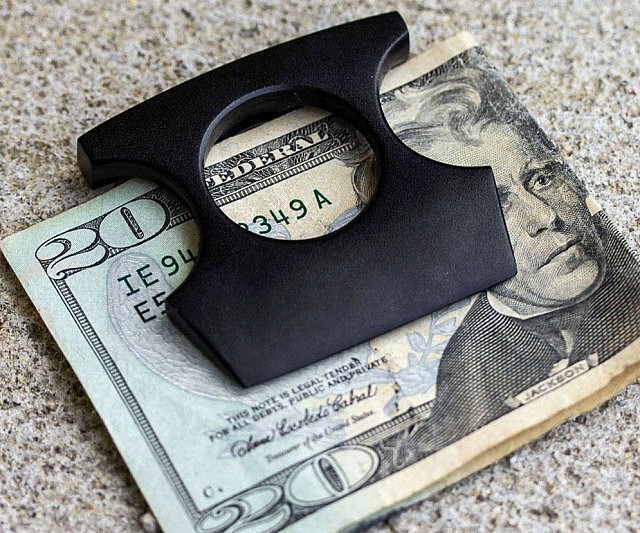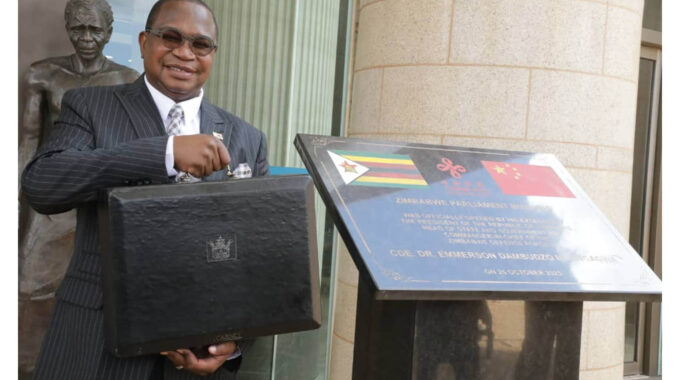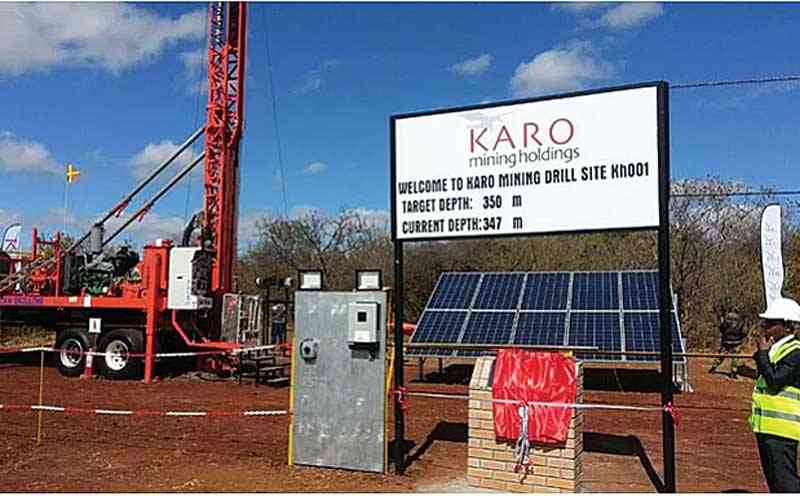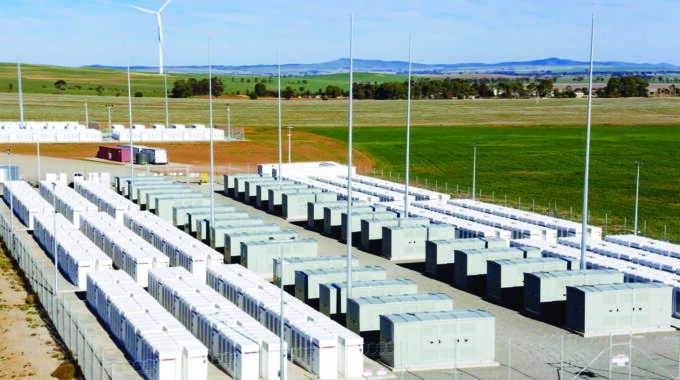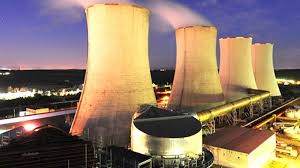Hwange power expansion project now 72% complete
Hwange Thermal Power expansion project is now at 72,18 percent complete with major milestones having so far been achieved despite being behind schedule due to the impact of Covid-19.
The US$1,5 billion expansion programme entails the addition of Units 7 and 8 to generate a combined 600MW to the national grid.
In its latest update on the country’s power generation for the third quarter ended September 30, 2021, the Zimbabwe Power Company (ZPC) said: “The Hwange Expansion Project continues to progress well, having commenced the third quarter at 67,97 percent and closing at 72,18 percent.
“The project is, however, behind schedule due to the effects of the Covid-19 pandemic, which resulted in low levels of manpower on site as a result of travel restrictions.”
The power utility has also indicated that headway is being made on the Deka Upgradation project where the contractor has mobilised to site to commence the project, with equipment at ports of entry to Zimbabwe and setting up of the contractors’ camp and other preparations for construction in progress.
“Stringing of the new transmission and distribution line from Hwange to Sherwood substation under the expansion project commenced in July 2021, and a distance of approximately 120 kilometres out of 360km has been covered to date,” said ZPC.
“With this exercise in place, a number of households also known as Project Affected Persons (PAPs) located on the transmission line wayleave from Hwange to Insukamini are in the process of being relocated under the ZPC Relocation Action Programme (RAP),” it said.
Meanwhile, ZPC said the construction of new houses for the affected parties commenced in August this year at Hope Fountain, Mazwi, Kloof, Stevenson Farm, Epping Forest, Saw mills, Gwayi Siding, Bambanani, and Chezhou sites.
“Completion is expected by December 2021,” it said.
During the period under review, ZPC noted general improvement in generation after having sent out a total of 2,203GWh, thereby surpassing its target by 7,69 percent.
Kariba Power Station contributed 64 percent of the total energy production in the period under review, with five percent exported to Nam Power.
Hwange Power Station supplied 33 percent and the small thermals 3 percent.
“Generation was constrained at thermal stations mainly because of low plant availability caused by aged plant,” said the utility.-The Chronicle



